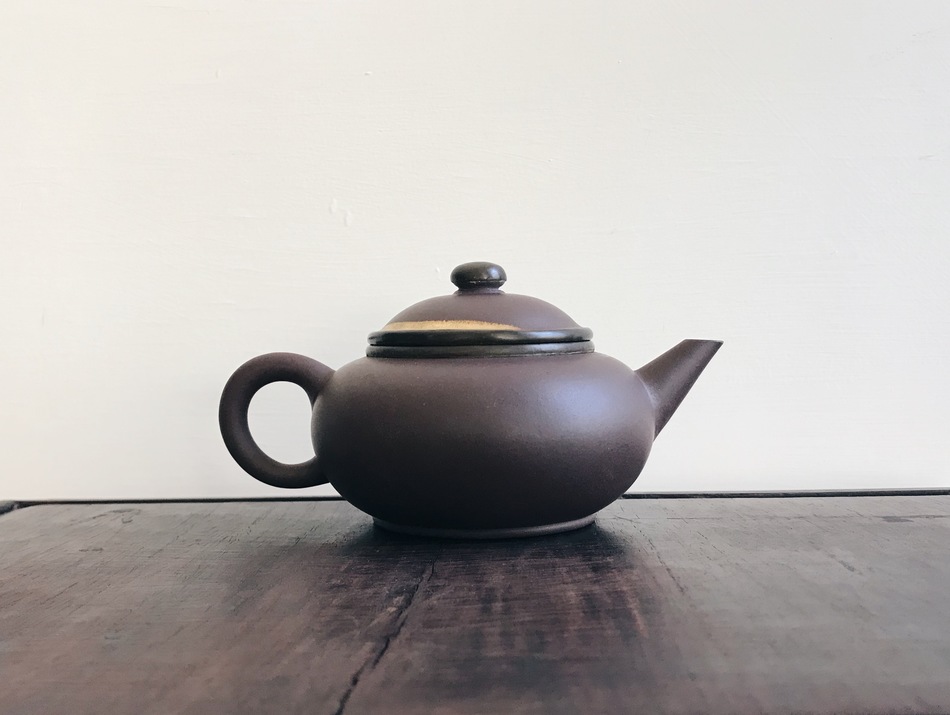Thanks! I do feel that in general the old guys paid more attention to these proportion details and overall balance.
Factory mass production probably let that slide more and more…
Thanks! I do feel that in general the old guys paid more attention to these proportion details and overall balance.
It looks very plausible. Do you have a picture of the interior rear?
They look correct to me. Good find!Mark-S wrote: ↑Sun Jul 11, 2021 5:50 pmChadrinkincat
steanze
ThanksI got this small teapot, a big teapot, a brush cleaning bowl and multiple cups from an old lady for about $10. She said that her great grandmother bought them a long time ago. Unfortunately, the lid of the big teapot is a bit damaged. However, clay and craftsmanship of the big pot are not bad.
Bok wrote: ↑Sat Jul 10, 2021 7:57 pmIt’s a Kintsugi repair I did on the lidDailyTX wrote: ↑Sat Jul 10, 2021 10:45 amHey BokBok wrote: ↑Sat Jul 10, 2021 4:53 amI got one that seems to be half-way polished, possibly a reject, left unfinished and then still sold elsewhere. At least that’s my theory.
Usually these carry the Gongju seal or inscription. This one is Tongzhi period.
Coincidentally, also aforementioned Dicaoqing of old.

Is that patch of duanni on the lid?
As far as I know, Duanni strata as a natural blend, can vary in how much of each colour are in the particular ore used, so the proportion will change the overall colour appearance.Andrew S wrote: ↑Tue Jul 13, 2021 11:16 pmVery interesting; different firing conditions, different clay sources, or something else? Probably hard to tell so long afterwards, I guess.
I want to learn more about duanni, especially since it didn't seem to get the attention that it deserves during Factory 1 times, and since 'modern duanni' sometimes seems like a euphemism for unknown random low-fired clay.
Andrew